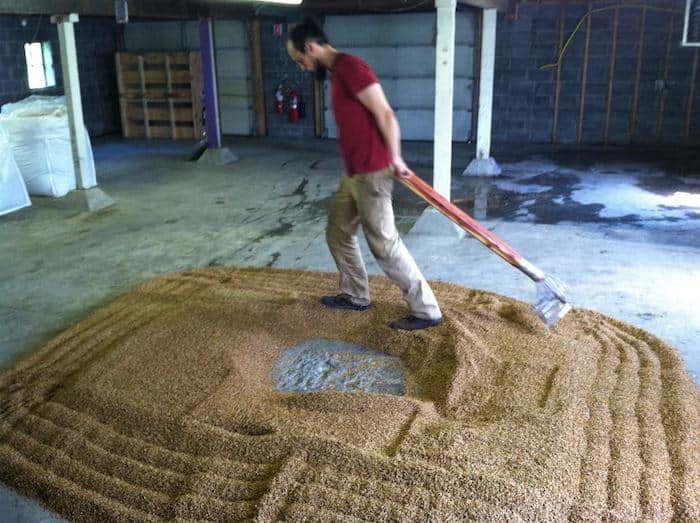The world of distilled spirits, whiskey especially, is an ever-changing landscape. We have seen markets driven by everything from apple-tinis and cinnamon flavored whiskey, to bourbon so rare that it is driving its own underground market. We have even seen moonshine ironically have its moment in the spotlight. And while trends come and go like most things there seems to be something new in the works. Not so much a trend, but a movement.
A movement that had its grassroots beginning in seed cultivation and preservation that quickly found its way to some of the best restaurants. The concept of “heritage” and the grain to bottle movement. The belief that how something is treated from the moment a seed is planted matters just as much as how it is harvested, processed and prepared, whether it is going on to a plate or into a bottle. A belief that terroir affects every aspect of what we consumed and every aspect deserves the utmost care and respect.

Coppersea Distillery, located in New Paltz, New York, is one of the leading examples of the seed to bottle movement. Overseen by Chief Distiller, Blender, and Orchardist Christopher Briar Williams, the goal of the team at Coppersea is to showcase the terroir of the Hudson Valley. This is done with a hands-on approach that involves:
- Hand Grown Grains – grown themselves when possible, but also sourced from local farms in the Hudson Valley.
- Malting – A personal point of pride; Coppersea malts all of their own grains in house and then mills by hand. Floor malting is a primary focus here.
- Fermentation – occurs in 500-gallon open wooden vats to allow local wild yeast to impart more terroir influence. Sour mashing is done to help with consistency.
- Distillation – done in a direct fire Alembic copper still.
- Aging and Bottling – All spirits go into the barrel at a low entry proof of 101˚/50.5% abv.
The first mark in the core range of Coppersea is their Single Malt Rye, Bonticou Crag. Named for the peak that overlooks the distillery, this 19th-century style rye is made with 100% Hudson Valley Rye grain and is twice distilled.
Next is Big Angus. This special bottling pays homage to Coppersea’s founding Master Distiller Angus MacDonald. Big Angus is an American Single Malt that is set apart from the rest by utilizing unkilned or “green” two-row barley. Coppersea is able to do this successfully thanks in part to their ability to malt in house.
By far, their biggest foray into the heritage process and utilizing all aspects of terroir is their bourbon: Excelsior. Not only does this bourbon make use of all native grains, but also takes advantage of local oak. Coppersea partnered with US Barrel to craft barrels made of Hudson Valley oak for a bourbon that is truly 100% New York.
However, the craft of Coppersea would not be complete without taking advantage of the orchards that populate the region. Christopher Williams also has added two pear brandies to their range. Both are fermented with a combination of Wild and Champagne yeasts and twice distilled before being bottled as either a classic Eau de Vie or going into a new charred American oak barrel for at least a year.
We are embarking on a very exciting time for craft distilling. A time where the rush to source and put a product out will not help you stand out in the crowd anymore. A time where consumers are becoming more and more concerned about the origins of what they are consuming. And distillers, like the chefs before them, are all too happy to give them an answer.








